Ultimate Guide to Sourcing the Best Nonwoven Fabrics for Restaurant Cleaning Needs
Table of Contents
- Understanding Nonwoven Fabrics: What Sets Them Apart for Restaurant Use
- Key Features to Look for in Nonwoven Fabrics for Effective Cleaning
- Top Nonwoven Fabric Types Favored in the Restaurant Industry
- Tips for Selecting the Right Nonwoven Fabric Based on Cleaning Tasks
- Sustainable Nonwoven Fabric Options for Eco-Friendly Restaurant Practices
- Cost-Effective Strategies for Sourcing Quality Nonwoven Fabrics
- FAQS
- Conclusion
- Related Posts
In the competitive landscape of the food service industry, maintaining cleanliness and hygiene is paramount, especially in restaurants where health regulations are stringent. According to a recent report by Smithers Pira, the global nonwoven fabric market is projected to reach $50 billion by 2025, with a significant segment dedicated to cleaning applications. The demand for high-quality, durable, and absorbent cleaning materials has led to the rise of specialized products like Restaurants Cleaning Nonwoven Fabric. Shijiazhuang Shielday Technology Co., Ltd., recognized as a leading manufacturer of high-performance textiles, is at the forefront of this innovation, offering advanced solutions aimed at enhancing cleanliness and operational efficiency in restaurants.
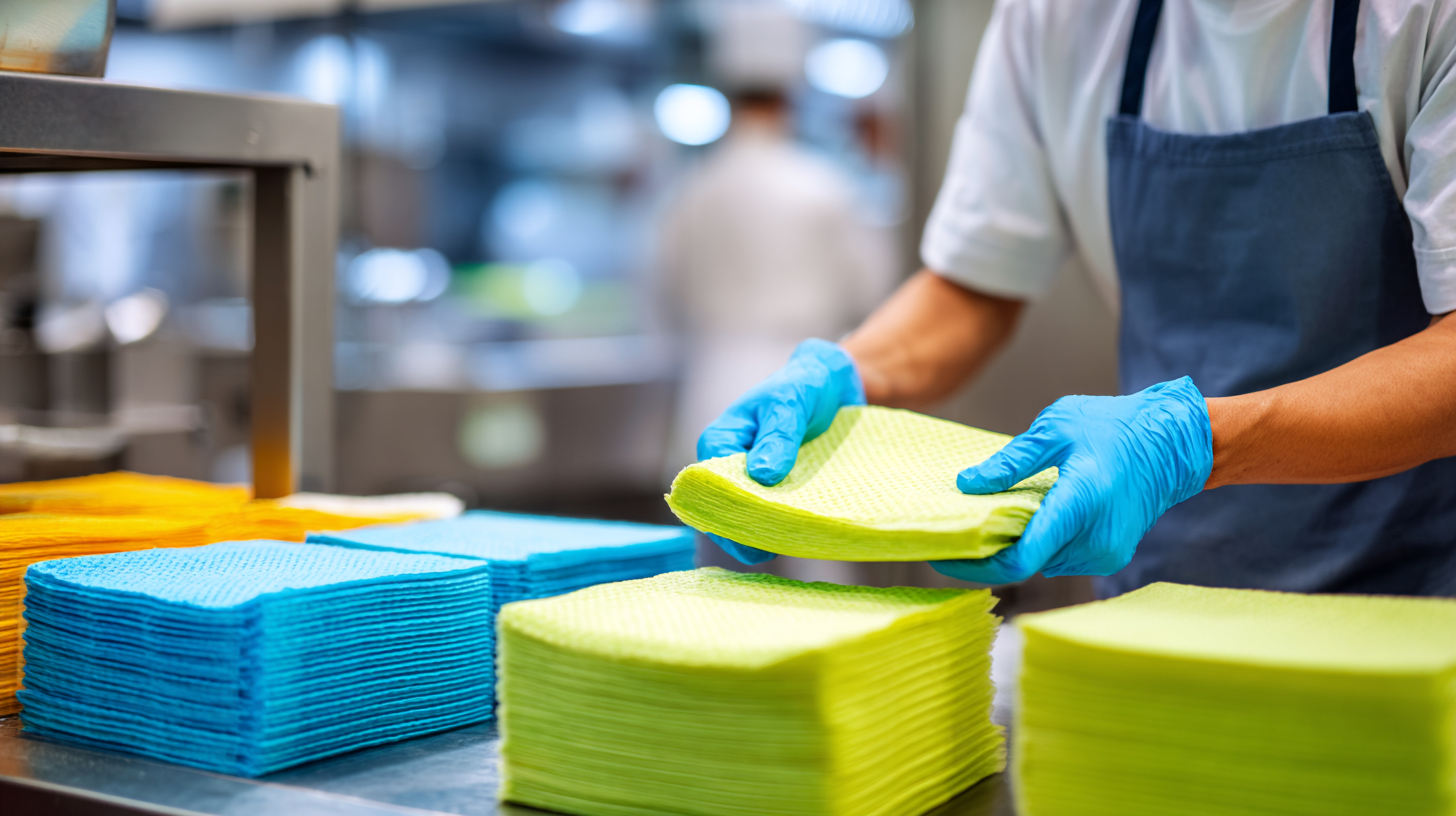
By leveraging state-of-the-art technology and custom product development services, Shielday Technology is committed to providing the best nonwoven fabrics tailored to the unique needs of the restaurant industry.
Understanding Nonwoven Fabrics: What Sets Them Apart for Restaurant Use
When it comes to maintaining cleanliness in restaurants, the choice of cleaning materials can make a significant difference. Nonwoven fabrics are a standout option, particularly suited for the demanding environment of food service. Unlike traditional woven fabrics, nonwoven materials are created by bonding fibers together, which results in a fabric that is highly absorbent, durable, and resistant to tearing. This unique construction provides an effective solution for tackling spills and messes, ensuring that surfaces remain hygienic with less effort.
One of the key advantages of nonwoven fabrics is their versatility. They come in a variety of textures and weights, allowing for tailored cleaning applications ranging from wiping down kitchen counters to mopping floors. Additionally, nonwoven materials can be designed for single-use or reusable purposes, offering restaurants the flexibility to choose based on their operational needs. The ability to select specific properties, such as antimicrobial treatments, further enhances their effectiveness in a restaurant setting, making nonwoven fabrics an indispensable tool for maintaining cleanliness and safety in food service establishments.
Key Features to Look for in Nonwoven Fabrics for Effective Cleaning
When selecting nonwoven fabrics for restaurant cleaning needs, it is essential to focus on several key features that ensure effectiveness and efficiency. First and foremost, absorbency is a crucial characteristic. Nonwoven materials with high absorbency can quickly soak up spills and messes, allowing for a faster and more thorough cleaning process. Look for fabrics specifically designed to trap liquids and prevent them from spreading, which is particularly important in high-traffic restaurant environments.
Another important feature to consider is durability. Nonwoven fabrics should withstand rigorous use and multiple washings without losing their integrity. Durable options not only save costs over time but also ensure consistent cleaning performance. Additionally, consider the texture of the fabric. A textured surface can enhance scrubbing power, making it easier to tackle stubborn stains and grime. For areas with frequent food contact, choosing nonwoven fabrics that are safe and compliant with health regulations is essential to maintain a hygienic environment.
Lastly, ensure that the nonwoven fabrics are lint-free, as any residual fiber can affect the cleanliness and presentation of dining areas. By prioritizing these key features—absorbency, durability, texture, and lint-free quality—restaurant managers can effectively source the best nonwoven fabrics tailored to their specific cleaning needs.
Top Nonwoven Fabric Types Favored in the Restaurant Industry
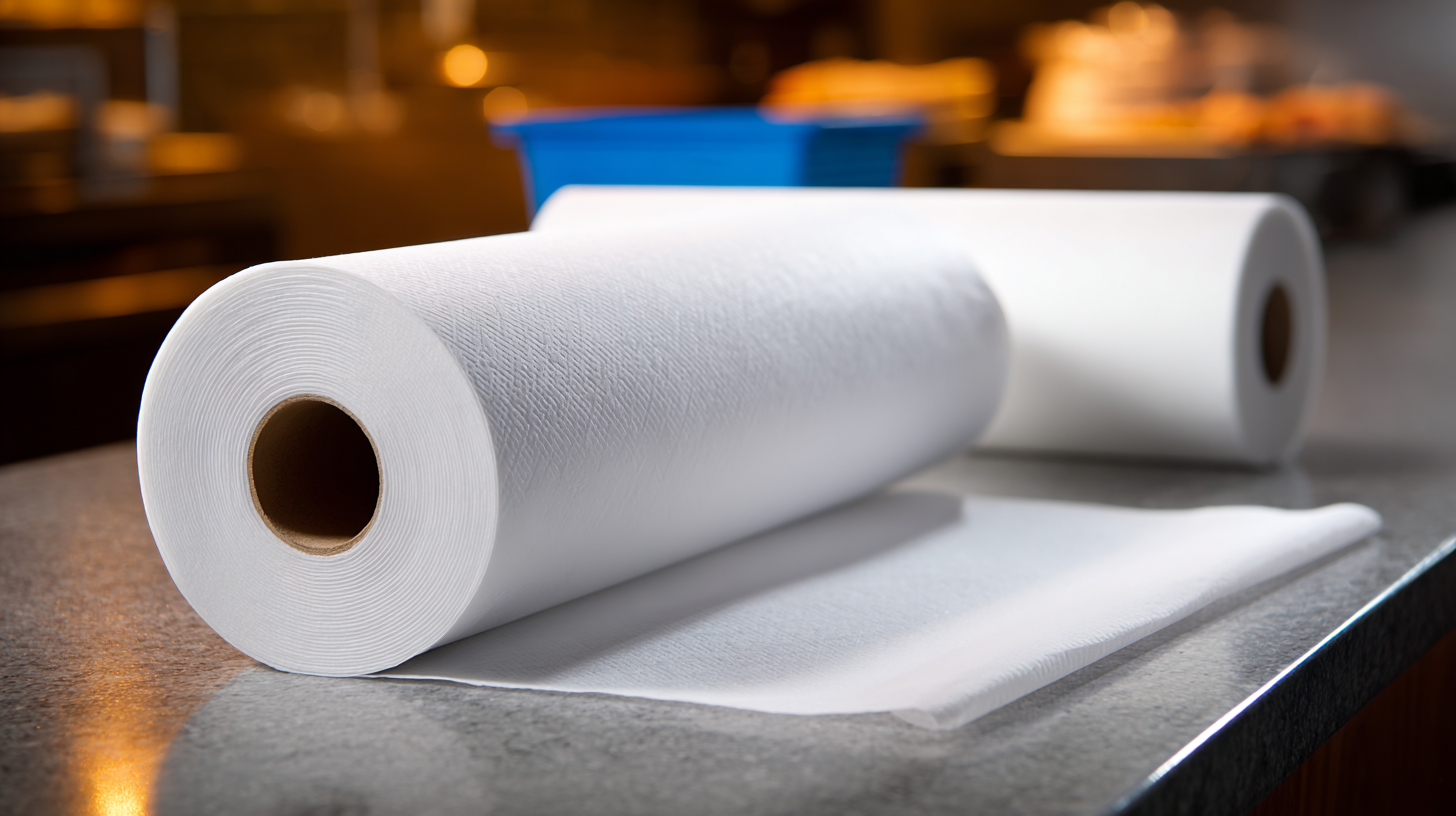 In the restaurant industry, choosing the right nonwoven fabrics for cleaning is crucial to maintaining a hygienic environment. Among the top fabric types favored are spunbond, meltblown, and needle-punched nonwovens. Spunbond fabrics are known for their strength and durability, making them ideal for reusable cleaning cloths. Meltblown fabrics, on the other hand, offer excellent filtration and absorbency, perfect for wiping surfaces quickly and effectively. Needle-punched fabrics are robust and can withstand heavy-duty cleaning tasks, ensuring longevity and performance.
In the restaurant industry, choosing the right nonwoven fabrics for cleaning is crucial to maintaining a hygienic environment. Among the top fabric types favored are spunbond, meltblown, and needle-punched nonwovens. Spunbond fabrics are known for their strength and durability, making them ideal for reusable cleaning cloths. Meltblown fabrics, on the other hand, offer excellent filtration and absorbency, perfect for wiping surfaces quickly and effectively. Needle-punched fabrics are robust and can withstand heavy-duty cleaning tasks, ensuring longevity and performance.
When sourcing nonwoven fabrics, it's essential to consider specific cleaning needs. Here are some tips to help you choose wisely: First, assess the type of messes you'll encounter—different fabrics have varying absorbent qualities suited for oil, grease, or water. Second, think about the frequency of use; if you require high durability, opt for heavier weight nonwovens. Lastly, prioritize fabrics that comply with health and safety regulations in your area to ensure they are safe for food service environments.
Shijiazhuang Shielday Technology Co., Ltd. brings innovation to the realm of textiles by offering high-performance nonwoven options that can meet the demands of the restaurant industry. Specialty fabrics designed for effective cleaning, coupled with custom development services, allow restaurants to maintain hygiene effortlessly while ensuring durability and efficiency in their cleaning processes.
Tips for Selecting the Right Nonwoven Fabric Based on Cleaning Tasks
When selecting the appropriate nonwoven fabrics for restaurant cleaning, it is essential to consider the specific tasks at hand. Nonwoven fabrics, recognized for their durability and effectiveness, are available in various compositions suited for different cleaning applications. According to a report published by Smithers Pira, the global demand for nonwoven fabrics is projected to reach $50 billion by 2025, indicating their critical role across various industries, including food service.
For general cleaning tasks, look for nonwoven fabrics made from polypropylene, which offer excellent absorbency and resistance to chemicals. In contrast, cleaning tasks that require precision—like wiping down food prep areas—may benefit from the use of polyester-based nonwovens that provide lint-free and highly durable surfaces. A study by the Nonwoven Fabrics Association highlights that nonwovens outperform traditional cloths and paper towels in bacterial retention and removal, making them a superior choice for maintaining hygienic conditions in a restaurant setting.
Consider the weight and thickness of the nonwoven fabric as well; a heavier gsm (grams per square meter) typically indicates higher absorbency and disinfection capability. The right selection not only enhances cleaning efficiency but also contributes to food safety—an essential element in restaurant operations, as emphasized by the National Restaurant Association in its annual report, which states that 85% of consumers prioritize cleanliness when choosing dining establishments.
Ultimate Guide to Sourcing the Best Nonwoven Fabrics for Restaurant Cleaning Needs - Tips for Selecting the Right Nonwoven Fabric Based on Cleaning Tasks
| Cleaning Task | Recommended Nonwoven Fabric Type | Features | Typical Applications |
|---|---|---|---|
| Surface Cleaning | Polyester-based Nonwoven | High absorbency, durable | Tables, countertops, kitchen equipment |
| Mopping | Cellulose Nonwoven | High liquid retention, soft texture | Floors, spills |
| Food Preparation | Spunlace Nonwoven | Lint-free, safe for food contact | Wiping tools, cleaning surfaces |
| Grease Removal | Polypropylene Nonwoven | Chemical resistant, strong | Cooking areas, grills |
| Disinfecting | Microfiber Nonwoven | High dirt trapping, reusable | High-touch surfaces, bathrooms |
Sustainable Nonwoven Fabric Options for Eco-Friendly Restaurant Practices
When it comes to maintaining cleanliness in restaurants, the choice of nonwoven fabrics plays a pivotal role. Sustainable nonwoven fabrics are increasingly becoming popular due to their eco-friendly attributes and superior performance. These innovative materials, often made from recycled fibers or biodegradable substances, not only meet the rigorous demands of commercial cleaning but also align with the growing trend of environmentally conscious practices in the hospitality industry. By opting for sustainable nonwoven fabrics, restaurants can significantly reduce their environmental footprint while ensuring a hygienic environment for both staff and patrons.
Selecting nonwoven fabrics made from sustainable sources doesn't compromise on quality or reliability. These fabrics are designed to be durable, absorbent, and effective for a range of cleaning tasks, from wiping down surfaces to managing spills. Additionally, many eco-friendly options are designed for single-use applications, which can enhance hygiene by reducing cross-contamination. As the restaurant industry continues to evolve, incorporating sustainable nonwoven fabrics into cleaning routines not only supports green initiatives but also promotes a responsible image that guests value. This approach sets a standard that aligns with consumer expectations and creates a cleaner, greener dining experience.
Cost-Effective Strategies for Sourcing Quality Nonwoven Fabrics
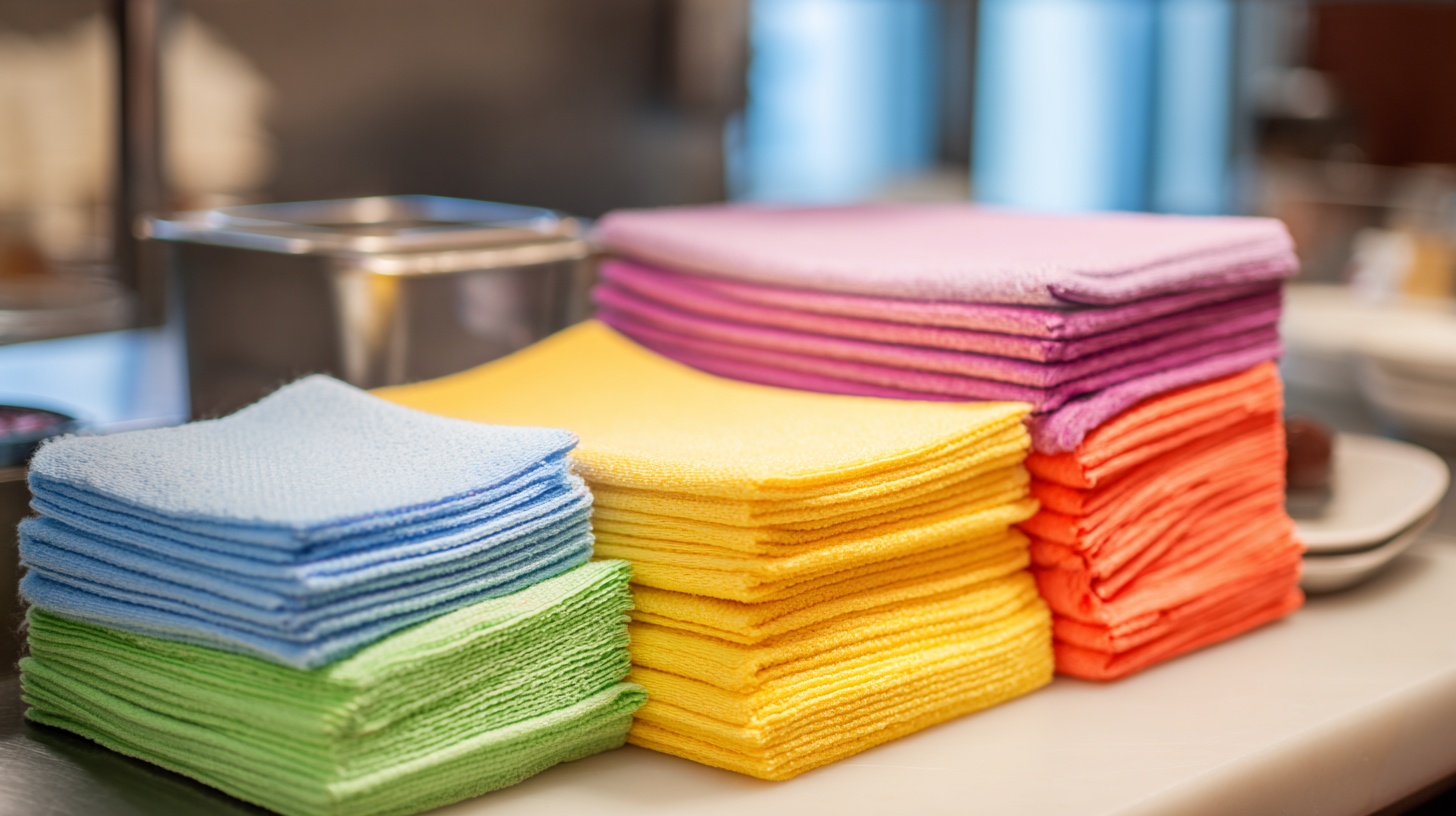 When it comes to sourcing nonwoven fabrics for restaurant cleaning needs,
cost-effectiveness is key without compromising quality. One effective strategy is to
establish relationships with reputable suppliers who specialize in nonwoven materials. By negotiating
bulk purchase agreements, restaurants can significantly reduce their per-unit costs while ensuring they have a
reliable supply. Additionally, exploring local suppliers can also reduce shipping costs and times, contributing
to overall savings.
When it comes to sourcing nonwoven fabrics for restaurant cleaning needs,
cost-effectiveness is key without compromising quality. One effective strategy is to
establish relationships with reputable suppliers who specialize in nonwoven materials. By negotiating
bulk purchase agreements, restaurants can significantly reduce their per-unit costs while ensuring they have a
reliable supply. Additionally, exploring local suppliers can also reduce shipping costs and times, contributing
to overall savings.
Another tip is to consider alternative materials that still meet quality standards but may come at a lower price point. For instance, certain recycled nonwoven fabrics can offer similar durability and performance while being environmentally friendly. Utilizing various fabric weights and textures can also help save costs; lighter materials may suffice for certain tasks, reducing expenses without sacrificing efficiency.
Lastly, implementing regular inventory management practices can aid in avoiding overstocking and wastage. By accurately forecasting usage based on cleaning schedules and trends, restaurants can order the right amount of nonwoven fabrics, optimizing their budget. This method not only fosters cost savings but also enhances operational efficiency in the bustling environment of a restaurant.
FAQS
: Nonwoven fabrics are materials created by bonding fibers together, rather than weaving them, resulting in fabrics that are highly absorbent, durable, and resistant to tearing.
Nonwoven fabrics are ideal for restaurants because they enhance cleanliness and hygiene, effectively tackling spills and messes while being low-maintenance.
Nonwoven fabrics offer versatility in textures and weights, are available for single-use or reusable options, and can include specific properties like antimicrobial treatments.
For general cleaning tasks, nonwoven fabrics made from polypropylene are recommended due to their excellent absorbency and chemical resistance.
Polyester-based nonwoven fabrics are best for precision tasks, such as wiping food prep areas, as they provide lint-free and highly durable surfaces.
Nonwoven fabrics outperform traditional cloths and paper towels in bacterial retention and removal, making them more effective for maintaining hygiene in restaurants.
A heavier gsm (grams per square meter) typically indicates higher absorbency and disinfection capability, which enhances cleaning efficiency and food safety.
The global demand for nonwoven fabrics is projected to reach $50 billion by 2025, highlighting their critical role in industries such as food service.
According to the National Restaurant Association, 85% of consumers prioritize cleanliness when choosing dining establishments, making effective cleaning materials crucial.
Conclusion
In the hospitality industry, the cleanliness of restaurants is paramount, making the choice of materials for cleaning tasks critical. The "Ultimate Guide to Sourcing the Best Nonwoven Fabrics for Restaurant Cleaning Needs" delves into the unique attributes of nonwoven fabrics that make them ideal for efficient restaurant cleaning. Key features such as durability, absorbency, and cost-effectiveness are essential considerations. The guide examines various types of nonwoven fabrics favored in restaurants and provides practical tips on selecting the right fabric for specific cleaning tasks and sustainable options for eco-friendly practices.
Furthermore, it explores cost-effective strategies for sourcing high-quality restaurant cleaning nonwoven fabric, which aligns with the superior manufacturing standards upheld by companies like Shijiazhuang Shielday Technology Co., Ltd. Known for their advanced textiles, Shielday Technology offers comprehensive solutions, including custom developments, ensuring that operators can find the best materials tailored to their unique cleaning needs.
Related Posts
-

Unmatched Manufacturing Excellence: Discover the Best High Temp Resistant Sleeves from China's Leading Factory
-
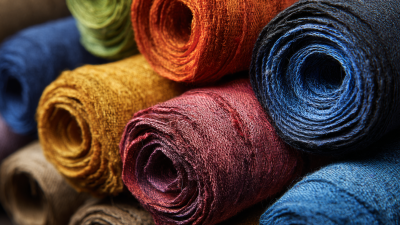
Exploring Sustainable Alternatives to Lanzing Fire Resistant Viscose for Eco Friendly Textiles
-
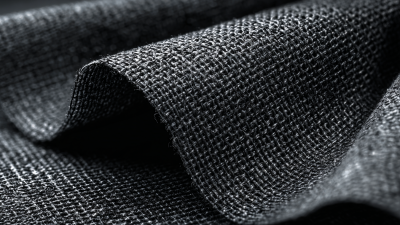
10 Industry Standards for Best Fire Resistant Fabric and 7 Reasons to Choose Them
-
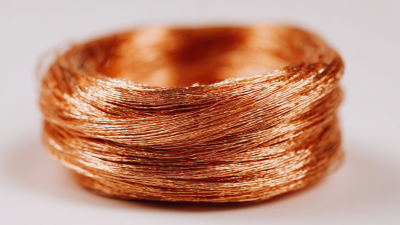
Understanding the Challenges with Sourcing Quality Copper Tinsel Wire
-

Exceptional Tinned Tinsel Wire Manufacturing in China for Global Buyers
-
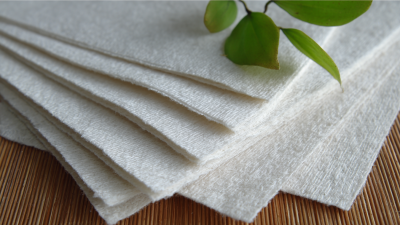
Essential Checklist for Sourcing Bamboo Fiber Nonwoven Fabric: Key Factors to Consider

